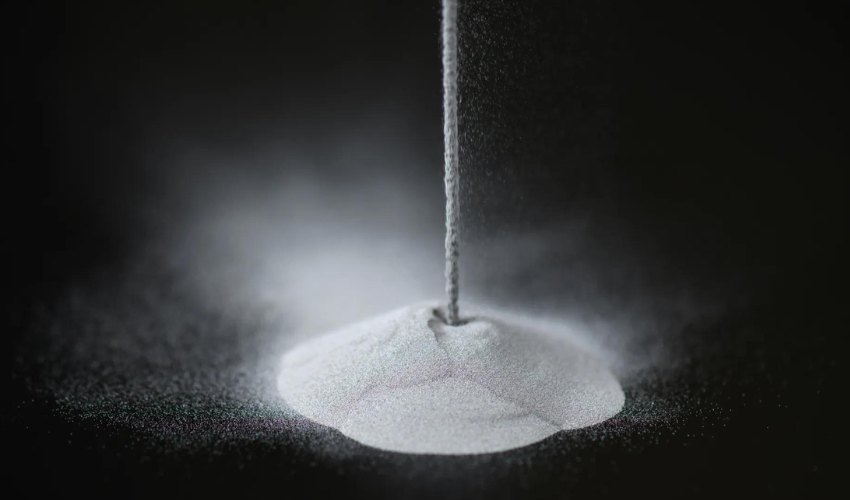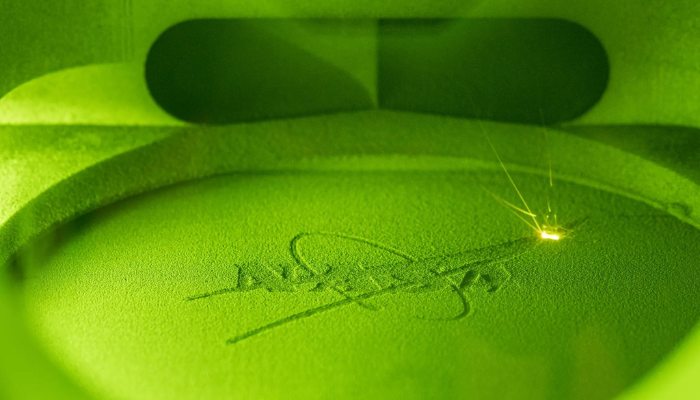NASA Licenses GRX-810 Superalloy To Strengthen US Economy

The aerospace industry thrives on pushing the boundaries of innovation. However, NASA‘s recent licensing of a revolutionary superalloy, GRX-810, not only marks a significant step forward in the development of future aerospace technology, but will have significant benefits on the US economy as well. Developed under the Transformational Tools and Technologies project, GRX-810 is projected to drastically enhance the manufacturing of critical air and spacecraft components, thanks to its exceptional properties and 3D printing compatibility.
Last week, NASA granted co-exclusive licenses for the alloy to four distinguished American companies: Carpenter Technology Corporation, Elementum 3D, Inc., Linde Advanced Material Technologies, Inc., and Powder Alloy Corporation. These partnerships serve to maximize public return on investment by leveraging taxpayer-funded research for the benefit of the nation’s economy, and will help ensure the alloy’s swift integration into the American aerospace industry.

3D printing of the NASA emblem using the GRX-810 superalloy.
“NASA invests tax dollars into research that demonstrates direct benefit to the U.S. and transfers its technologies to industry by licensing its patents,” explained Amy Hiltabidel, licensing manager at NASA’s Glenn Research Center in Cleveland.
Unlike conventional alloys, GRX-810 stands out with its meticulously engineered design to withstand the extreme conditions encountered in air and spaceflight. It boasts unparalleled durability and strength, engineered to endure temperatures exceeding 2,000 degrees Fahrenheit. This superalloy is almost perfectly suited for critical high-stress components such as liquid rocket engine injectors, combustors, and turbines.
The development of GRX-810 is credited to Dr. Tim Smith and Christopher Kantzos, researchers at NASA. By blending advanced computer modeling with the high precision of laser-based additive manufacturing, they have successfully developed an incredibly high-performance alloy with exceptional strength. The alloy’s improved strength is achieved by incorporating oxygen-enhanced atoms within the material’s microstructure.
When compared to conventional nickel-base alloys, GRX-810 offers superior performance across several key metrics. With its capability to withstand extreme temperatures and stress levels, and its improved oxidation resistance, GRX-810 holds the promise of significantly prolonging the operational lifespan of aerospace components by up to 2,500 times.
According to Dale Hopkins, deputy project manager of NASA’s Transformational Tools and Technologies project, the widespread adoption of GRX-810 will undoubtedly drive significant cost savings and improved efficiency within the aerospace industry, advancing an era of sustainable aerospace missions. “Adoption of this alloy will lead to more sustainable aviation and space exploration. This is because jet engine and rocket components made from GRX-810 will lower operating costs by lasting longer and improving overall fuel efficiency,” Hopkins added.
Through its Technology Transfer Program, NASA has already driven the commercialization of over 2,000 innovations, further boosting the US economy. To learn more about this milestone, click here.
What do you think about NASA’s licensing of its GRX-810 alloy? Let us know in a comment below or on our LinkedIn, Facebook, and Twitter pages! Don’t forget to sign up for our free weekly newsletter here for the latest 3D printing news straight to your inbox! You can also find all our videos on our YouTube channel.
*All Photo Credits: NASA






